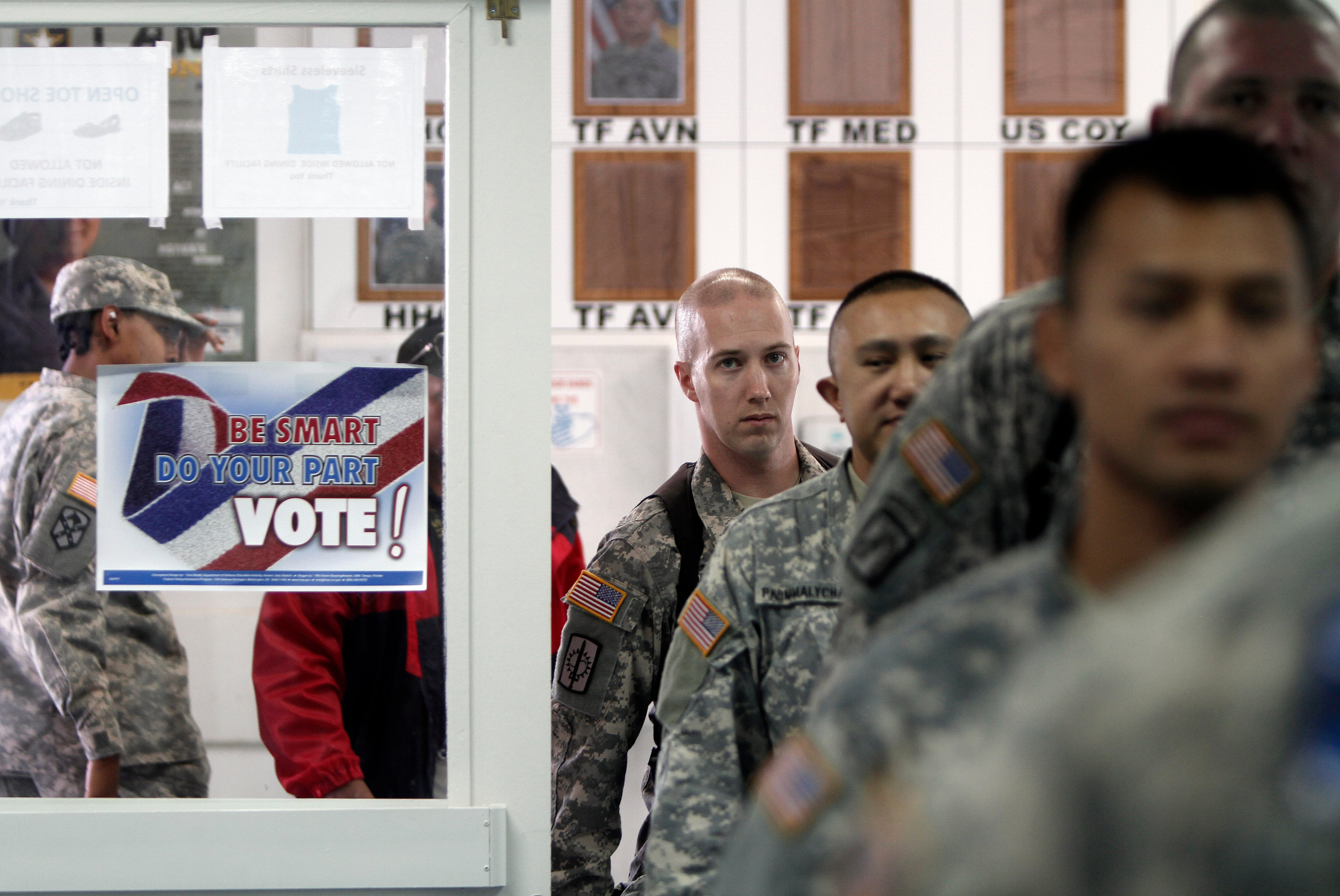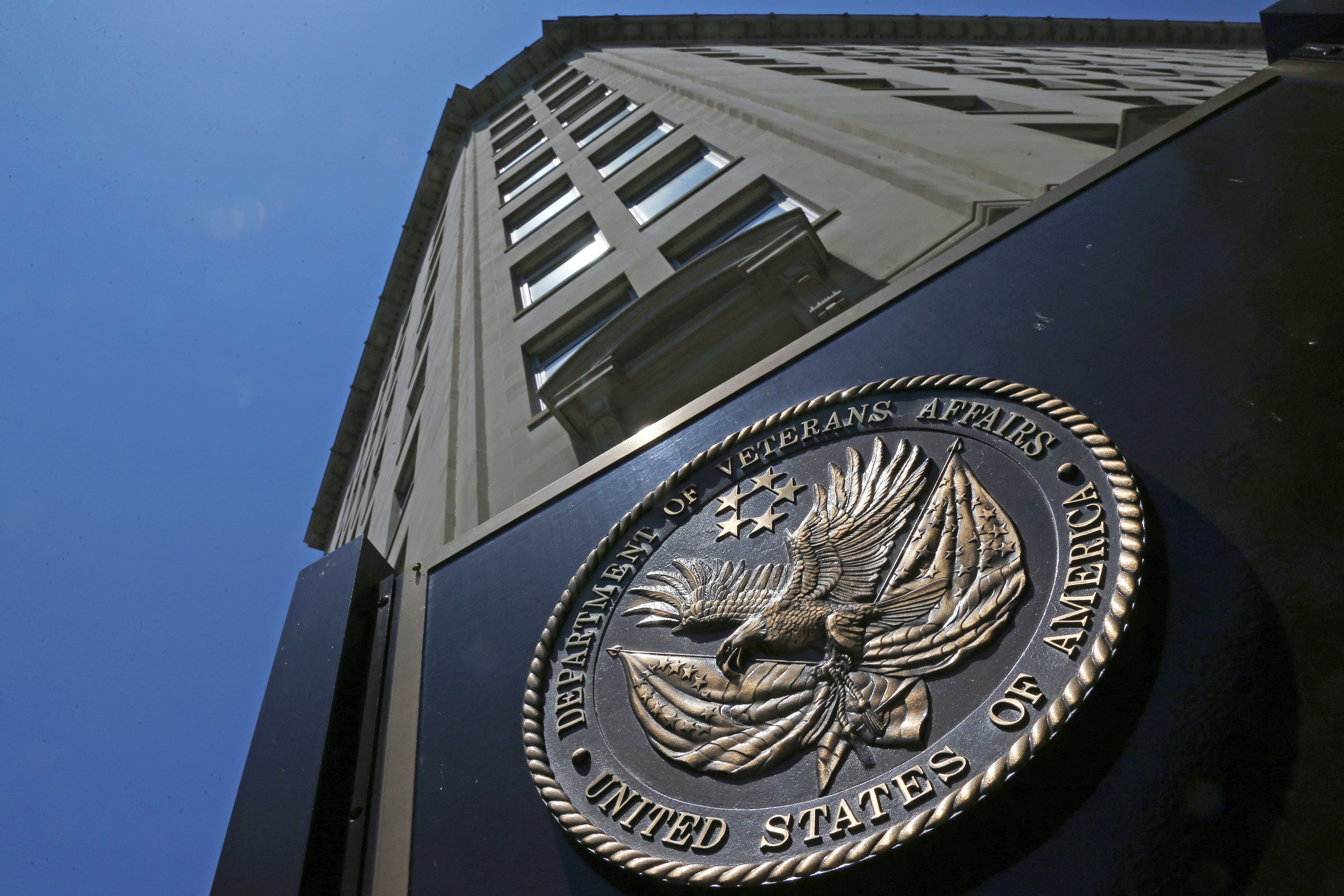A war-fighting publication for Marines ranging from privates to generals that hasn't been revised since the 1990s has been beefed up to include riveting accounts of Marines' actions in combat, new leadership lessons and color info-graphics.
The revised Marine Corps Warfighting Publication 6-11, "Leading Marines," was released in mid-August with 10 pages of fresh content. Updated for the first time since its original publication in 1995, "Leading Marines" illustrates the Marine Corps' unique brand of leadership with captivating accounts of actions by Medal of Honor recipients Cpls. Kyle Carpenter and Jason Dunham. Also included is Silver Star recipient 1st Lt. Kenneth Conover, who lead Marines to victory in a six-day fight against Afghan insurgents, along with many more tales from current and previous generations of Marines.
The updated version of the publication also contains color photographs of some of those Marines, making it a pleasant departure from most black and white manuals and publications, said Col. Keil R. Gentry, the director of the Marine Corps War College who led the revision of the publication.
"It is longer because there were such good new stories to add, and we didn't want to take some of the good old ones out," he told Marine Corps Times.
Gentry describes the new publication as more conversational and raw. That, he hopes, will encourage readers to discuss lessons on leadership contained in the publication rather than passively digesting it.
"It is meant to be read critically and discussed or debated," he said.
He wants Marine leaders to use it as a springboard.
"They should mentor and add their own stories. That's how we teach in the Marine Corps, through example," he said.
One of the accounts included to motivate Marines is that of Sgt. Maj. Bradley Kasal. During Operation Phantom Fury in Fallujah, Iraq, the battle was raging across the city on Nov. 13, 2004, when then-1st Sgt. Kasal was pushing through an insurgent-infested house to reach an injured Marine despite a deluge of fire.
"First Sergeant Kasal and another Marine were both struck in the legs, becoming urgent casualties," the publication states. "The enemy began throwing grenades on the wounded Marines below. Selflessly, First Sergeant Kasal rolled on top of the other Marine in order to shield him. After reinforcements arrived, First Sergeant Kasal with seven gunshot and five fragmentation wounds refused aid until the other Marines were extracted."
The Corps' common thread
In addition to combat heroism from today's Marine Corps, revisions highlight a few leadership facets more prominently at the behest of Commandant Gen. Jim Amos.
Chief among them are lessons on ethics and morals, which tie in with Amos' "Reawakening," a series of talks he gave noncommissioned officers at bases around the Marine Corps to bolster discipline and standards — during war and in garrison.
"Leading Marines" is already heavily incorporated into professional military education. It will remain on the commandant's reading list as a highlighted work, and it is used to explore the theme of leadership and ethics at the Sergeants Course. But Gentry and other leaders want all Marines to read the updated publication on their own initiative, as well.
"Leadership is the cord that runs through everything that we do. We wouldn't be the Marine Corps we are today without how we approach leadership," he said.
What the revisions unequivocally do not do is revise the principles of Marine Corps leadership themselves, Gentry said.
"General [John] Lejeune shaped Marine Corps leadership most," Gentry said. "His philosophy still rings true."
In short, the new edition simply better conveys principles of modern Marine leadership rooted in Lejeune's writings, he added.
In fact, the second of three chapters, titled Foundations of Leadership, opens with an excerpt from Marine Corps Order No. 29, published by Lejeune on Aug. 14, 1920.
"The relation between officers and enlisted men should in no sense be that of superior and inferior nor that of master and servant, but rather that of teacher and scholar," the excerpt states. "In fact, it should partake of the nature of the relation between father and son to the extent that officers, especially commanders, are responsible for the physical, mental, and moral welfare."
Cementing ties between Marine leadership past and present is an addition Gentry said he is particularly proud of. During World War II, Capt. Henry "Hank" Elrod flew with Marine Fighting Squadron 211 at Wake Island. In early December 1941, he attacked Japanese aircraft and even sank a destroyer during a bombing run. When all his squadron's aircraft were destroyed, he took up a rifle and began fighting on the ground. He was killed there and earned the MoH for his actions.
About 71 years later, the same unit — today called Marine Attack Squadron 211 — sprung to the defense of Camp Bastion, Afghanistan, during a devastating surprise attack that killed several Marines and destroyed aircraft. Revisions to Leading Marines now highlight the brave actions on Sept. 14, 2012, of Sgt. Bradley Atwell, who was killed repelling the attack, and Maj. Robb McDonald, who took charge of the unit after the commanding officer was killed and maneuvered more than a mile on foot. He is credited with killing several Taliban attackers.
Gentry said he hopes the new stories and photos will encourage every Marines from private to general to read the document and apply lessons to their billet, whether as a squad leader or Marine air-ground task force commander.
Nearly everybody understands leadership through physical and mental courage. But moral courage can be the most difficult to understand and live by, especially when it required standing up to fellow Marines for the common good.
To better highlight that point, Leading Marines now includes a vignette about a Marine who discovers two close friends who are embezzling thousands of dollars. If the Marine who discovered the theft doesn't say anything, no one will ever be the wiser. But the theft jeopardizes the well-being of the Corps as a whole. After grappling with a tough decision, including death threats from his supposed friends, he reports the crime, and the two other Marines are court-martialed and sent to the brig.
Trimming the fat
Not every revision to the publication was an addition. Several stories were removed because of their potential to communicate the wrong lesson.
For example, the old edition had a story from World War I in which an injured Marine in a French hospital was asked by a nurse if he was American. He replied, no — he was a Marine. The right lesson from that story was about esprit de corps. But, ultimately Marines are Americans in the service of citizens, defending the Constitution, Gentry said.
In another case, an image of the Leftwich Trophy was removed because it created confusion. One sergeant — unaware of the award, given to a captain each year for outstanding leadership, one that draws its name from Lt. Col. William Groom Leftwich, who was killed in Vietnam — asked why there was a photo of a child's toy plastic soldier in the publication.
After eight months of effort Gentry said he hopes the revisions will give anyone a solid understanding of Marine leadership.
"The reader should get a sense of who we are as Marines, what makes us unique and what is the essence of our leadership, and a lot of it is told through stories because that is how we teach — through sea stories and mentoring," he said.




